Cover
Title Page
Copyright Page
Table of Contents
Acknowledgements
Introduction for Teachers
Introduction for Students
Academic Writing Quiz
Part 1 The Writing Process
1.1 Background to Writing
The purpose of academic writing
Common types of academic writing
The format of long and short writing tasks
The features of academic writing
Some other common text features
Simple and longer sentences
Writing in paragraphs
1.2 Reading: Finding Suitable Sources
Academic texts
Types of text
Using reading lists
Using library catalogues
Using library websites to search electronic resources
1.3 Reading: Developing Critical Approaches
Reading methods
Titles, sub-titles and text features
Reading abstracts
Fact and opinion
Assessing internet sources critically
Critical thinking
1.4 Avoiding Plagiarism
What is plagiarism?
Acknowledging sources
Degrees of plagiarism
Avoiding plagiarism by summarising and paraphrasing
Avoiding plagiarism by developing good study habits
Research
1.5 From Understanding Titles to Planning
The planning process
Analysing essay titles
Brainstorming
Essay length
Outlines
1.6 Finding Key Points and Note-making
Finding key points
Finding relevant points
Why make notes?
Note-making methods
Effective note-making
1.7 Summarising and Paraphrasing
What makes a good summary?
Stages of summarising
Paraphrasing
Techniques for paraphrasing
1.8 References and Quotations
Why use references?
Citations and references
Reference verbs
Reference systems
Using quotations
Abbreviations in citations
Secondary references
Organising the list of references
1.9 Combining Sources
Mentioning sources
Taking a critical approach
Combining three sources
1.10 Organising Paragraphs
Paragraph structure
Example paragraph
Development of ideas
Introducing paragraphs and linking them together
1.11 Introductions and Conclusions
Introduction contents
Introduction structure
Opening sentences
Conclusions
1.12 Rewriting and Proofreading
Rewriting
Proofreading
Part 2 Elements of Writing
2.1 Argument and Discussion
Discussion vocabulary
Organisation
The language of discussion
Counterarguments
Providing evidence
2.2 Cause and Effect
The language of cause and effect
2.3 Cohesion
Reference words
Preventing confusion
2.4 Comparisons
Comparison structures
Forms of comparison
Using superlatives (e.g. the largest/smallest)
2.5 Definite Articles
Use of articles
Using definite articles
2.6 Definitions
Simple definitions
Complex definitions
2.7 Examples
Using examples
Phrases to introduce examples
Restatement
2.8 Generalisations
Using generalisations
Structure
Building on generalisations
2.9 Passives
Active and passive
Structure
Using adverbs
2.10 Problems and Solutions
Paragraph structure
Alternative structure
Vocabulary
2.11 Punctuation
Capital letters
Apostrophes (’)
Semicolons (;)
Colons (:)
Commas (,)
Quotation marks/inverted commas (“. . .”/‘. . .’)
Full stops (.)
Others
2.12 Singular or Plural?
Five areas of difficulty
Group phrases
Uncountable nouns
2.13 Style
Components of academic style
Guidelines
Avoiding repetition and redundancy
Varying sentence length
The use of caution
Using modifiers
2.14 Visual Information
Types of visuals
The language of change
Describing visuals
Labelling
Part 3 Vocabulary for Writing
3.1 Approaches to Vocabulary
Introduction
Discussing language
Practice
Confusing pairs
Words and phrases from other languages
3.2 Abbreviations
Types of abbreviation
Some common abbreviations
Punctuation
Duplicate abbreviations
Abbreviations in writing
3.3 Academic Vocabulary: Nouns and Adjectives
Introduction
Nouns
Using nouns and adjectives
Academic adjectives
3.4 Academic Vocabulary: Adverbs and Verbs
Understanding main verbs
Using verbs of reference
Further referring verbs
Using adverbs
3.5 Conjunctions
Types of conjunctions
Common conjunctions
Conjunctions of opposition
3.6 Numbers
The language of numbers
Percentages
Simplification
Further numerical phrases
3.7 Prefixes and Suffixes
How prefixes and suffixes work
Prefixes
Suffixes
3.8 Prepositions
Using prepositions
Prepositions and nouns
Prepositions in phrases
Prepositions of place and time
Verbs and prepositions
3.9 Synonyms
How synonyms work
Common synonyms in academic writing
3.10 Time Markers
How time markers are used
Tenses
Part 4 Writing Models
4.1 Case Studies
Using case studies
Model case study
4.2 Literature Reviews and Book Reviews
Literature reviews
Example literature review
Book reviews
Model book review
4.3 Writing Longer Essays
Planning your work
Example essay
Revision
4.4 Reports
Writing reports
Essays and reports
Scientific reports
4.5 Surveys
Conducting surveys
Questionnaire design
Survey language
Question forms
Tenses
Test Your Progress
Glossary
Answers
Index
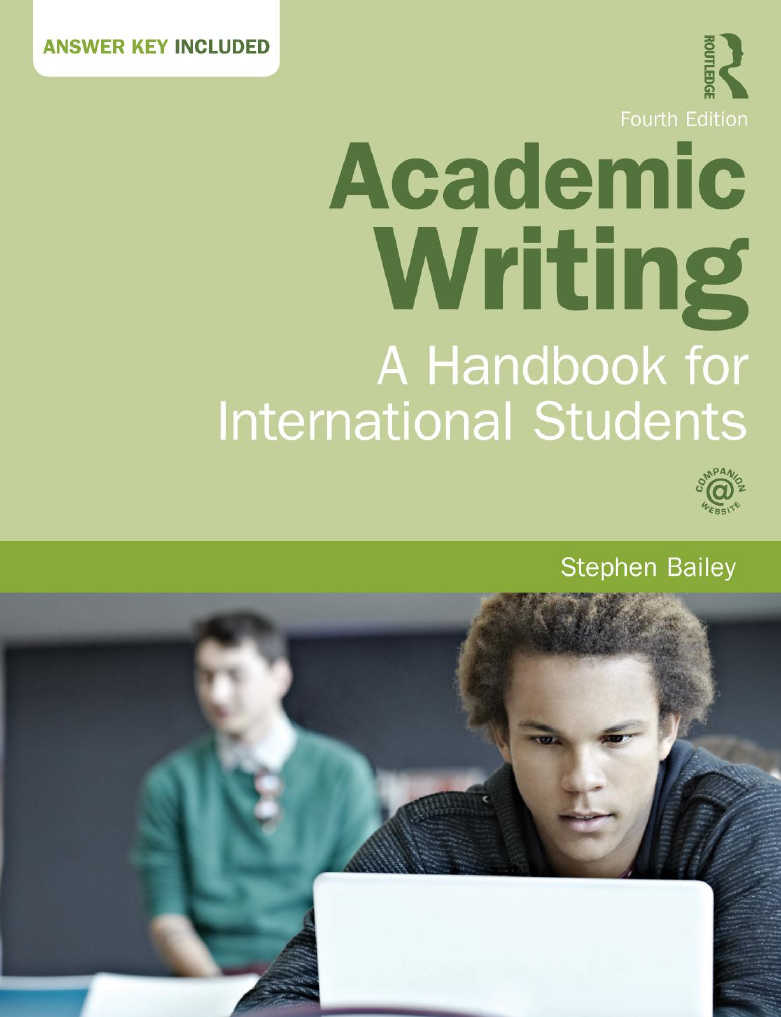
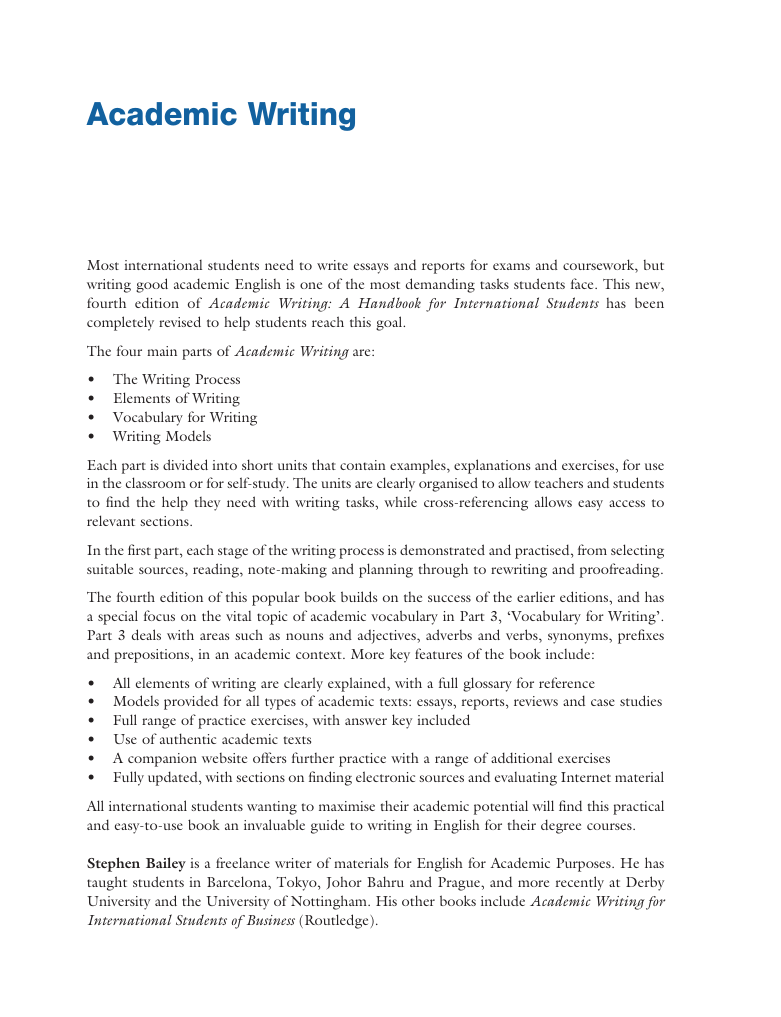
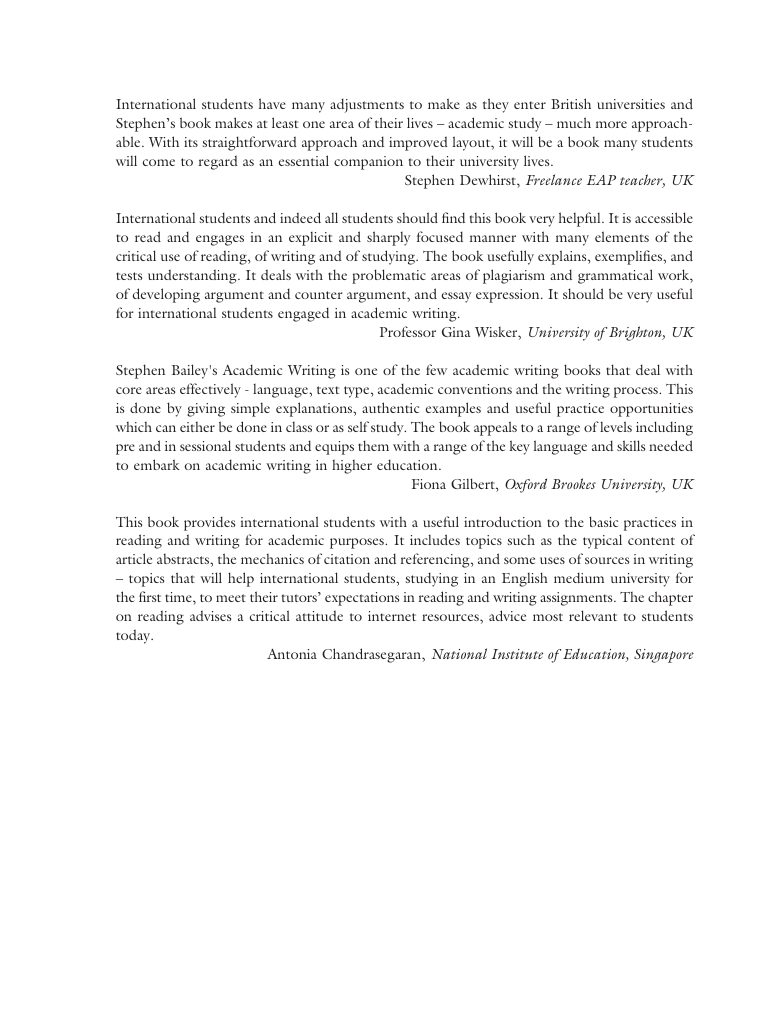
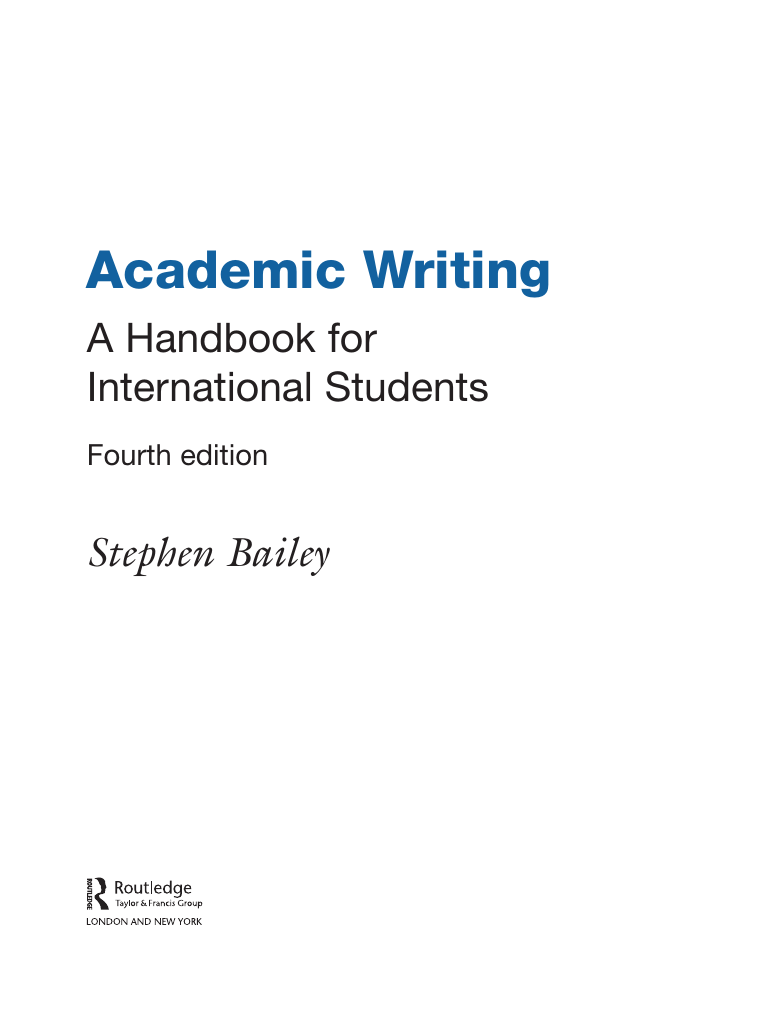
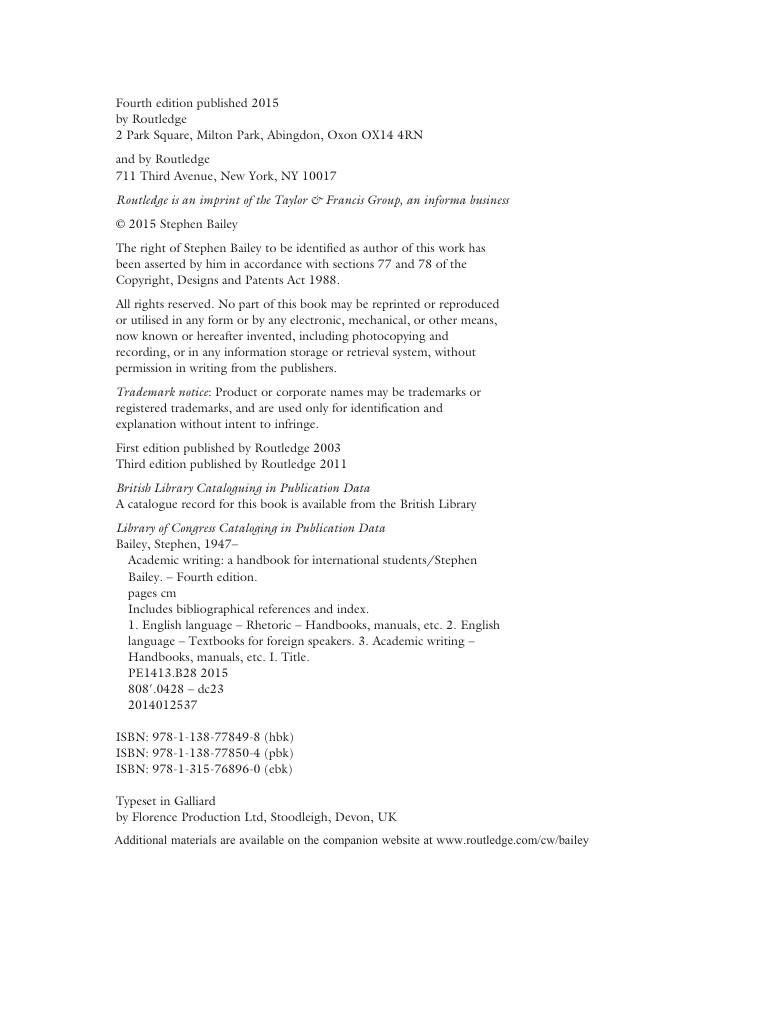
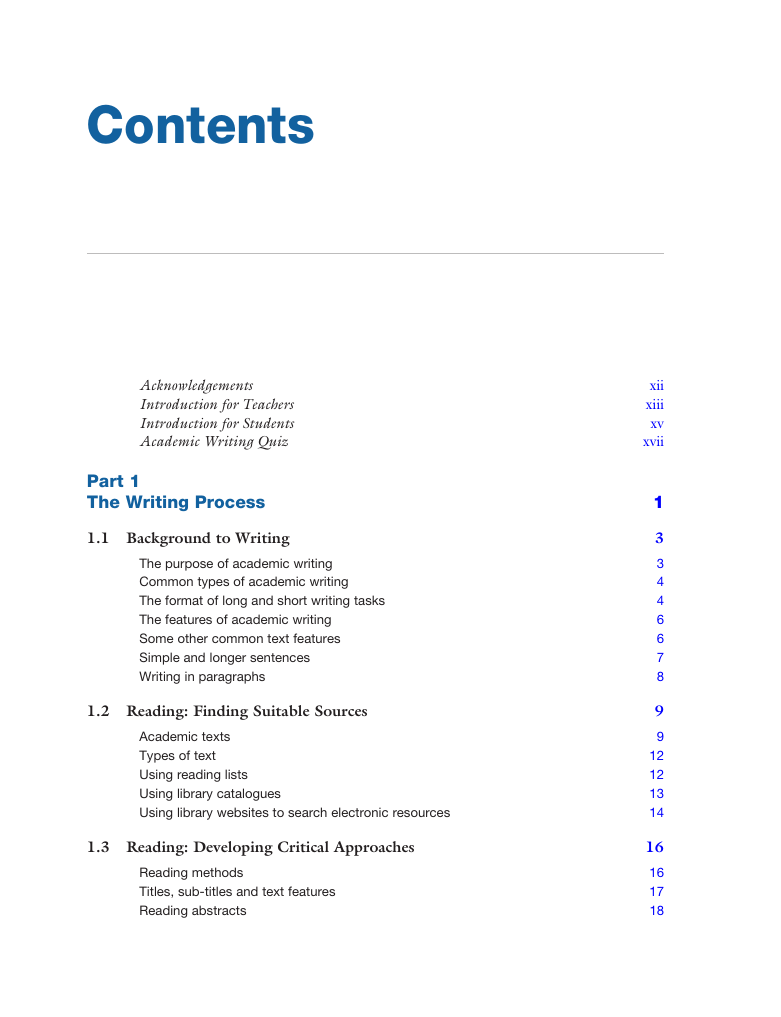
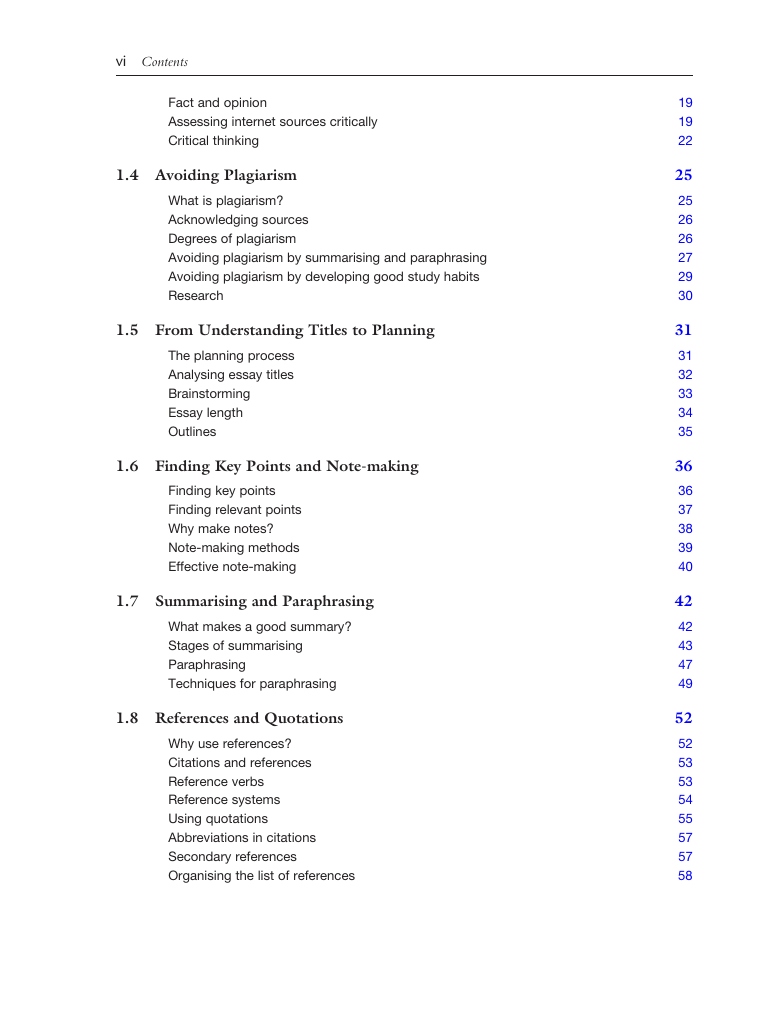
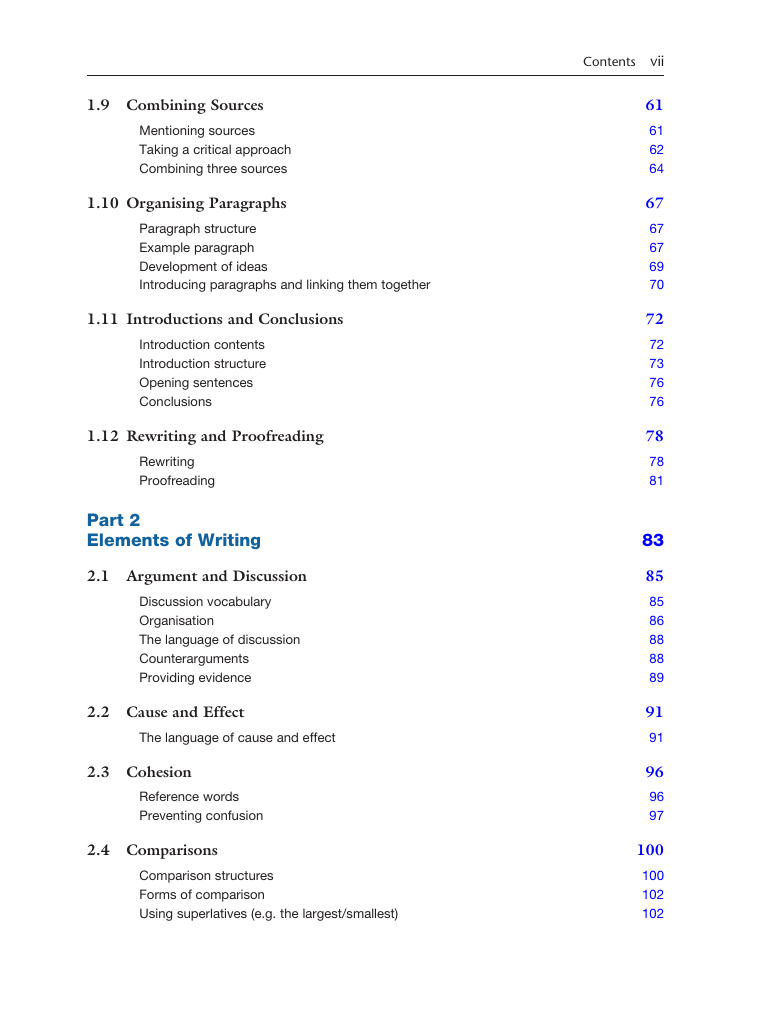








 2023年江西萍乡中考道德与法治真题及答案.doc
2023年江西萍乡中考道德与法治真题及答案.doc 2012年重庆南川中考生物真题及答案.doc
2012年重庆南川中考生物真题及答案.doc 2013年江西师范大学地理学综合及文艺理论基础考研真题.doc
2013年江西师范大学地理学综合及文艺理论基础考研真题.doc 2020年四川甘孜小升初语文真题及答案I卷.doc
2020年四川甘孜小升初语文真题及答案I卷.doc 2020年注册岩土工程师专业基础考试真题及答案.doc
2020年注册岩土工程师专业基础考试真题及答案.doc 2023-2024学年福建省厦门市九年级上学期数学月考试题及答案.doc
2023-2024学年福建省厦门市九年级上学期数学月考试题及答案.doc 2021-2022学年辽宁省沈阳市大东区九年级上学期语文期末试题及答案.doc
2021-2022学年辽宁省沈阳市大东区九年级上学期语文期末试题及答案.doc 2022-2023学年北京东城区初三第一学期物理期末试卷及答案.doc
2022-2023学年北京东城区初三第一学期物理期末试卷及答案.doc 2018上半年江西教师资格初中地理学科知识与教学能力真题及答案.doc
2018上半年江西教师资格初中地理学科知识与教学能力真题及答案.doc 2012年河北国家公务员申论考试真题及答案-省级.doc
2012年河北国家公务员申论考试真题及答案-省级.doc 2020-2021学年江苏省扬州市江都区邵樊片九年级上学期数学第一次质量检测试题及答案.doc
2020-2021学年江苏省扬州市江都区邵樊片九年级上学期数学第一次质量检测试题及答案.doc 2022下半年黑龙江教师资格证中学综合素质真题及答案.doc
2022下半年黑龙江教师资格证中学综合素质真题及答案.doc